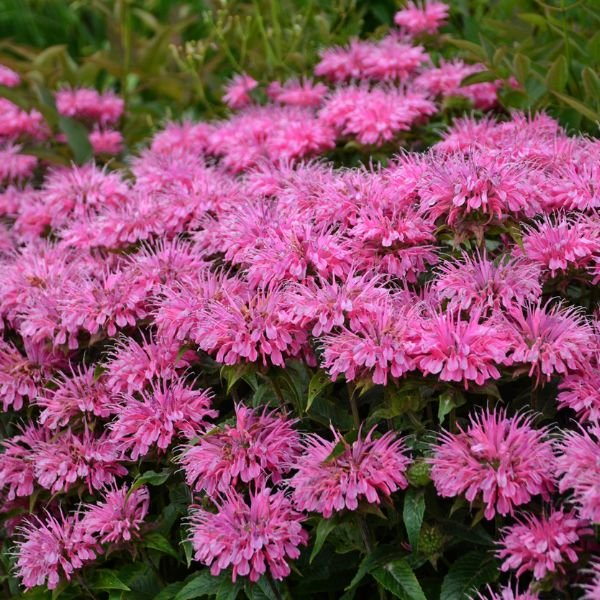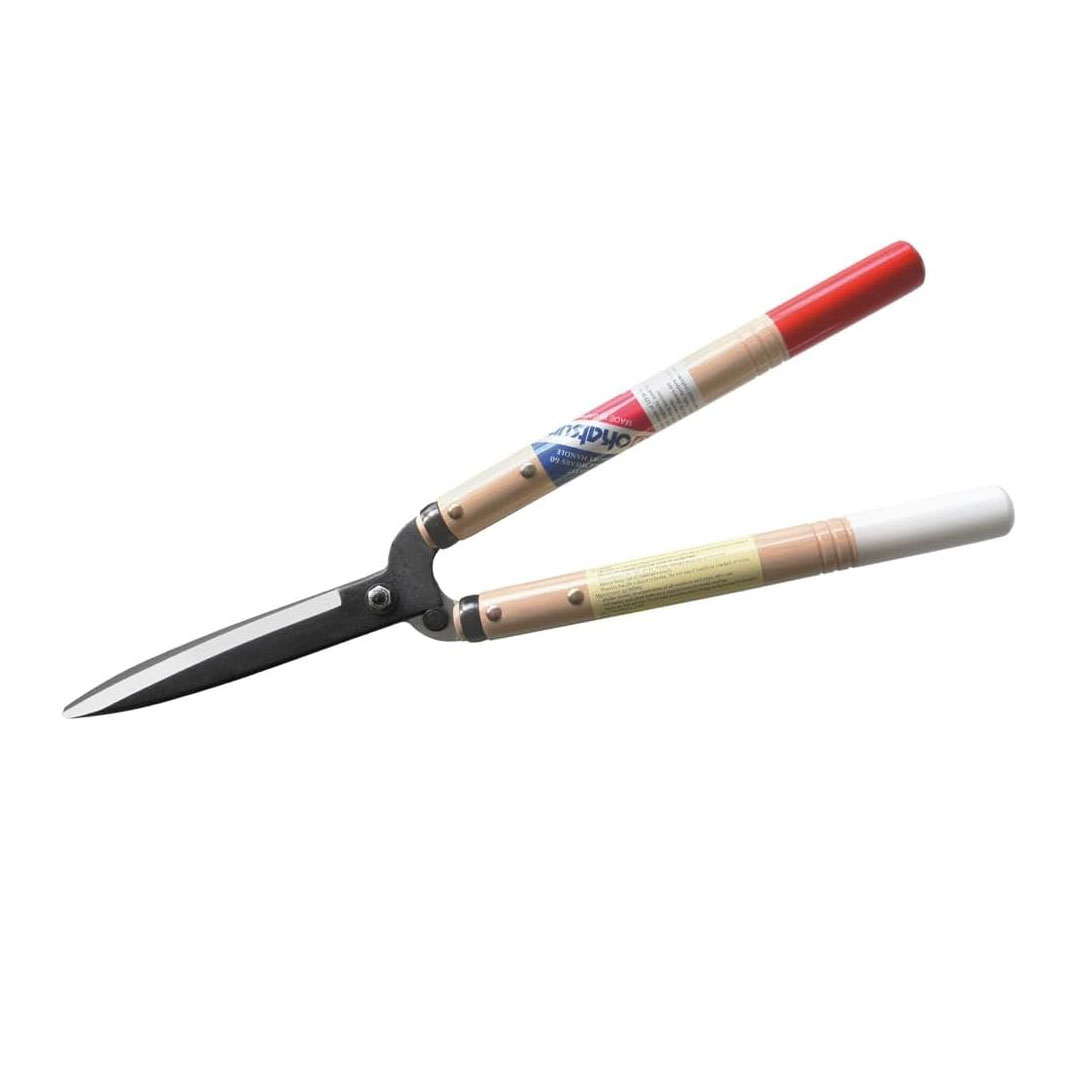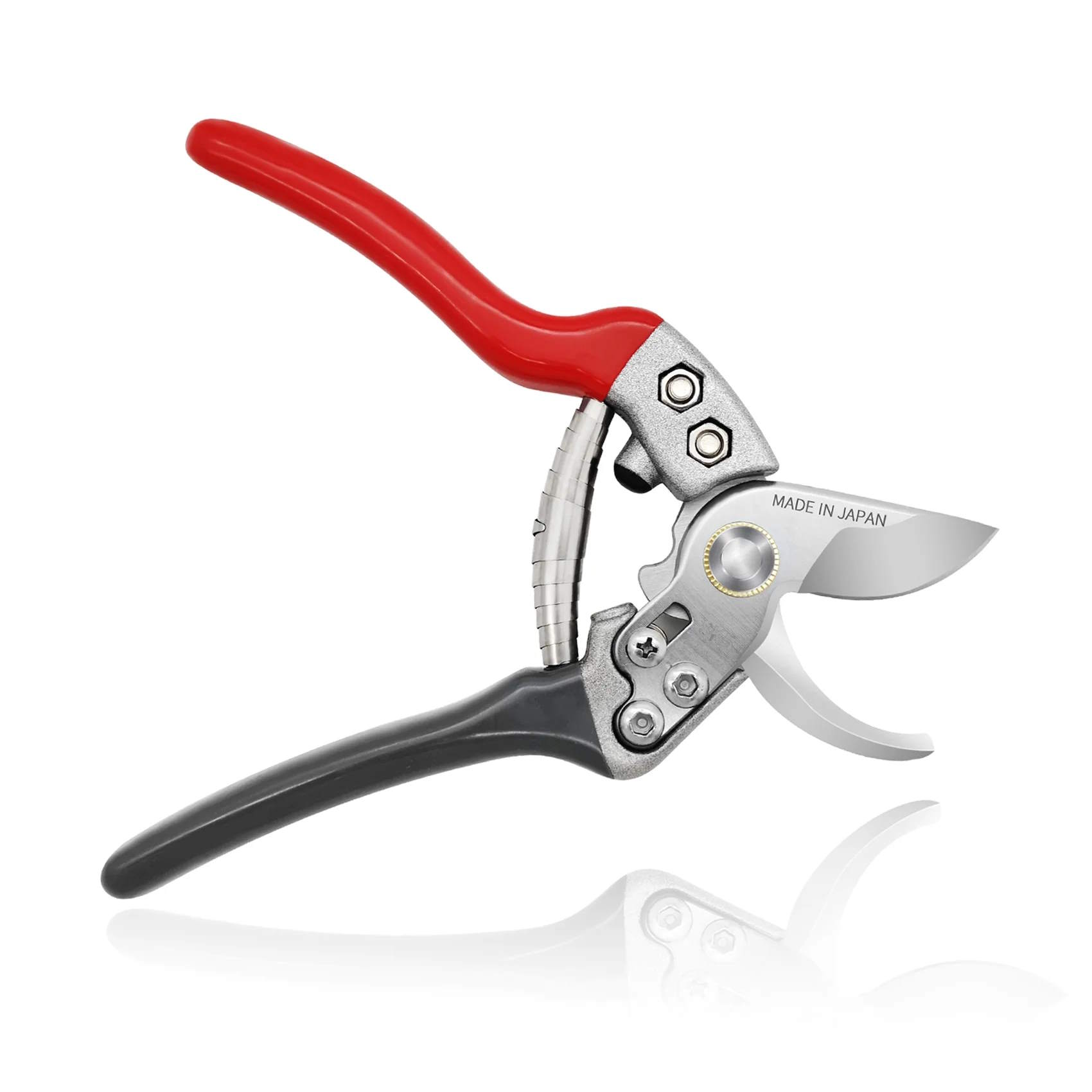You can cut back bee balm in fall or spring – here’s how to decide which is best for you, plus expert tips for how to prune
How to get the best display of blooms thanks to regular trimming
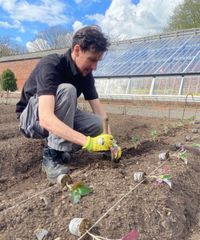
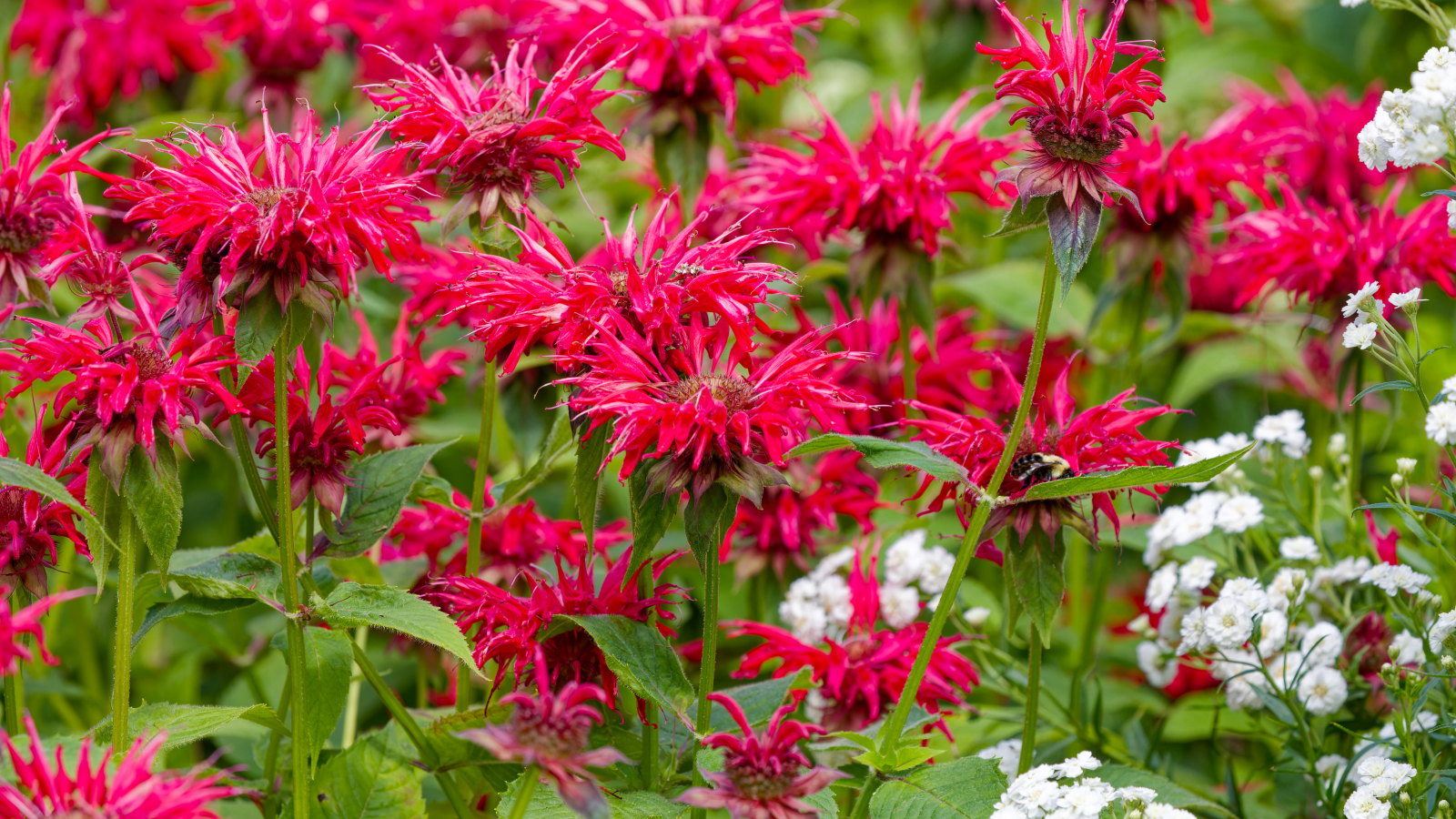
Bee balm is one of the best perennials you can add to your flower beds if you want to enjoy seeing lots of butterflies, bees, and hummingbirds visiting your borders. A key part of annual maintenance is cutting back bee balm, but when is the best time to do this?
There are benefits to consider from taking time to cut back bee balm more than once. This includes before blooming, which can help boost the shape and create masses of the stunning firework-like flowers that both gardeners and pollinators adore, and after the flowering is over for the season.
When you grow bee balm, there are decisions you need to make about cutting back that come down to personal preference. To help you decide, let’s take a look at the options available, including the best course of action if your plants succumb to disease.
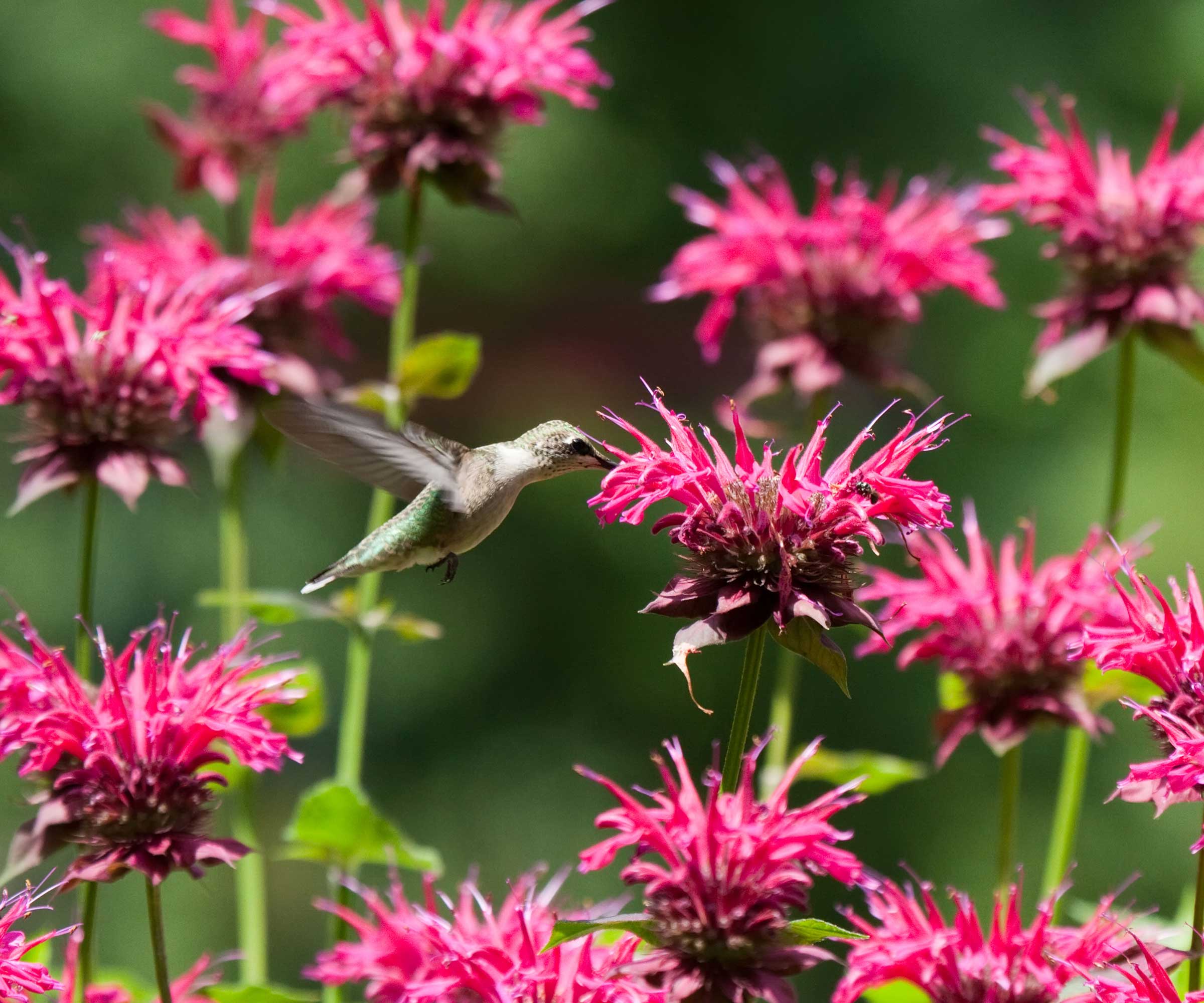
Discover when to cut back bee balm
Bee balm makes a fantastic plant for pollinators, ideal for those who aspire for a wildlife garden, and with a range of monarda varieties to choose from.
'Bee balm, as its name suggests, is also a pollinator magnet and a valuable addition to any pollinator garden,' says Amy Enfield, senior horticulturist at ScottsMiracle-Gro. 'It is a favorite of not only bees, but also butterflies and hummingbirds, and comes in a range of colors, from bold reds and pinks to cool purples and whites.'
No matter which monarda you pick as part of your backyard ideas, understanding when to cut back bee balm rewards you with increased flowering, tidier plants, and fewer fungal issues.
Let's delve into the key times of year to cut back bee balm, along with a few pointers for how to prune.
Design expertise in your inbox – from inspiring decorating ideas and beautiful celebrity homes to practical gardening advice and shopping round-ups.
Cut back bee balm in spring

Bee balm begins to grow in spring as temperatures increase. Pruning the plant during spring offers the benefits of encouraging bushier growth and a more impressive display of blooms.
There are two ways to do this, and one is more severe than the other. The first method is to pinch back the tips of the growing stems once they reach 12 inches.
If you combine pinching back with thinning stems, you can improve air circulation and light penetration through the plant, which helps prevent powdery mildew. This is a common fungal issue that blights bee balm and appears as a white coating on the foliage.
The other option is to do what is often referred to as the 'Chelsea Chop'. This technique is named after the RHS Chelsea Flower Show, which takes place in late May, and involves cutting back perennials by around one-third to one-half.
It may sound drastic, but bee balm will quickly recover, and the reward is more compact plants, less flopping, and a great flowering display. It is possible to chop half the plants and leave the other half, which will give you a long, staggered season of blooms.
Cut back bee balm after blooming
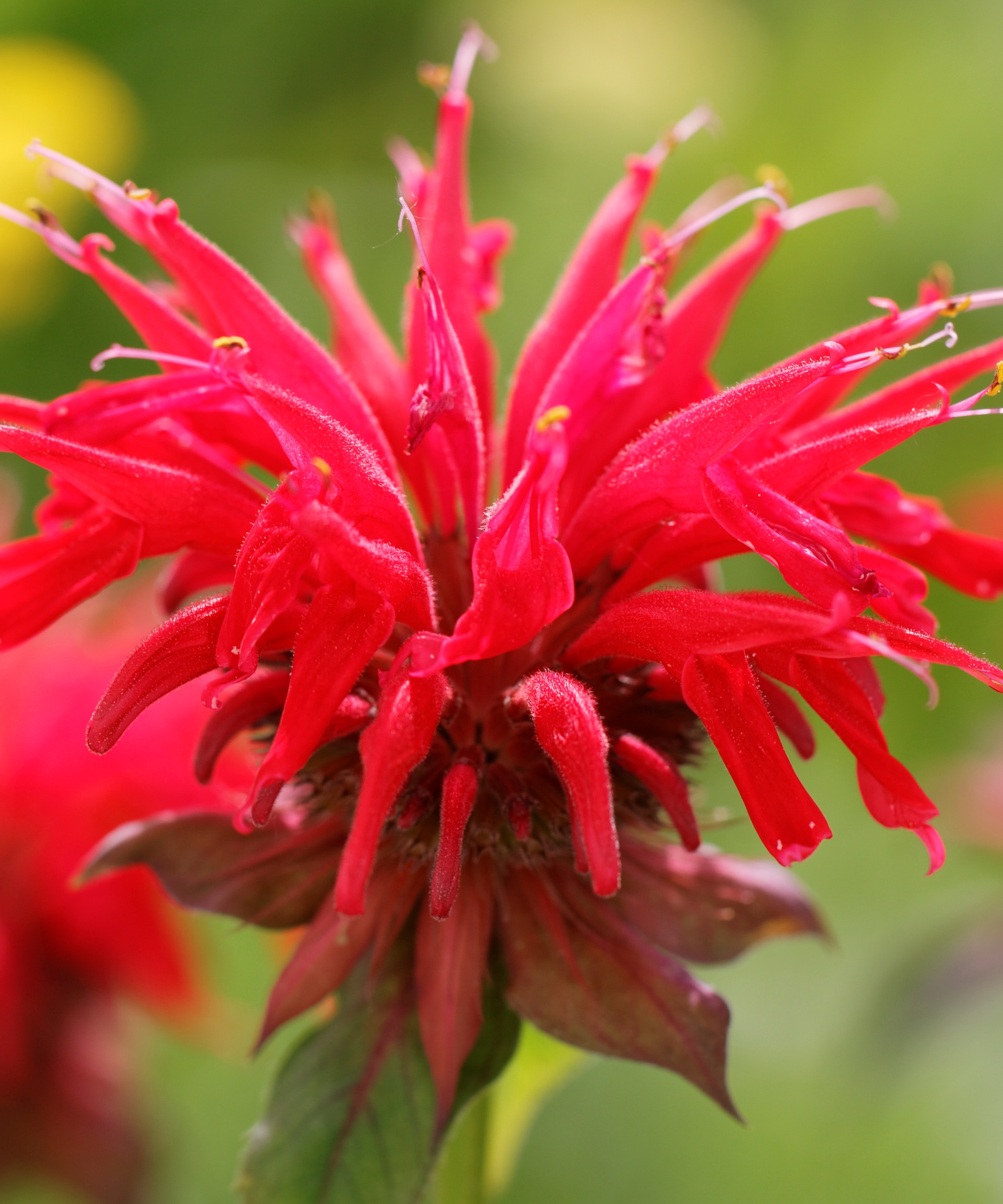
You should deadhead bee balm throughout the flowering season to keep the plant looking tidy and blooming for a long period. Deadheading and thinning also help combat powdery mildew and prevent lots of self-seeding, for which bee balm is well-known
Once the bee balm plant dies back in late fall, you can cut it back. However, you can choose whether to cut back bee balm in the fall or wait until spring. Whichever option you pick may depend on your gardening style and ethos, but there are also a few caveats which may force your hand to opt for fall.
Cutting bee balm back in fall tidies the yard and flower bed ahead of winter and helps to limit the amount of self-seeding that may occur.
Opting for a fall cutback is recommended if your bee balm has experienced powdery mildew. In this situation, cut the stems right back to the ground and remove any debris, as powdery mildew spores can overwinter on both live and dead plant material. Always bin diseased plant material, and never use it to make compost.
Choosing to leave disease-free stems, seedheads and leaves standing over winter benefits wildlife. Birds can feed on the dried seedheads, and insects and invertebrates can shelter in the crown of the plant. Leaving the plant material in place can also protect the crown from winter colds.
If you choose this route, cut back the remaining stems to the ground in late winter or early spring with a pair of clean and sharp pruning shears or garden shears, before the new growth starts to appear.
Whether you cut back bee balm in fall or spring, applying a two-inch thick layer of mulch around the plant after trimming will help to retain moisture in the soil, smother weeds, and provide nutrients as the organic material breaks down.
FAQs
Can I cut back bee balm in summer?
It is advisable to add regular deadheading of bee balm to your summer gardening checklist. However, cutting the plant back is best left until after it has finished blooming for the season.
Should I prune bee balm with powdery mildew?
If your bee balm shows signs of powdery mildew, it is advisable to trim off any affected leaves and stems or cut the entire plant to the ground. In both circumstances, as mentioned above, get rid of any affected material, never compost it, and always thoroughly disinfect any pruning tools.
We have mentioned the dreaded powdery mildew a lot above, but there are ways to stop it from troubling your bee balm.
'To help prevent powdery mildew, make sure your bee balm plants have plenty of space to grow to help promote good air circulation,' adds Amy Enfield, senior horticulturist at ScottsMiracle-Gro. 'Newer cultivars are also being developed that have improved powdery mildew resistance.'
Another way to prevent powdery mildew is to make sure you understand how to water plants to prevent fungal issues from occurring. This includes watering early in the day to avoid the foliage sitting wet for long periods.
Along with picking the right planting spot, proper spacing, and pruning to boost air circulation, it all combines to help control powdery mildew.

Amy Enfield has over 25 years of experience in the Lawn & Garden industry and has been with ScottsMiracle-Gro for 11 years. She has a BS and MS in Horticulture from Michigan State University and a PhD in Plant & Environmental Sciences from Clemson University.
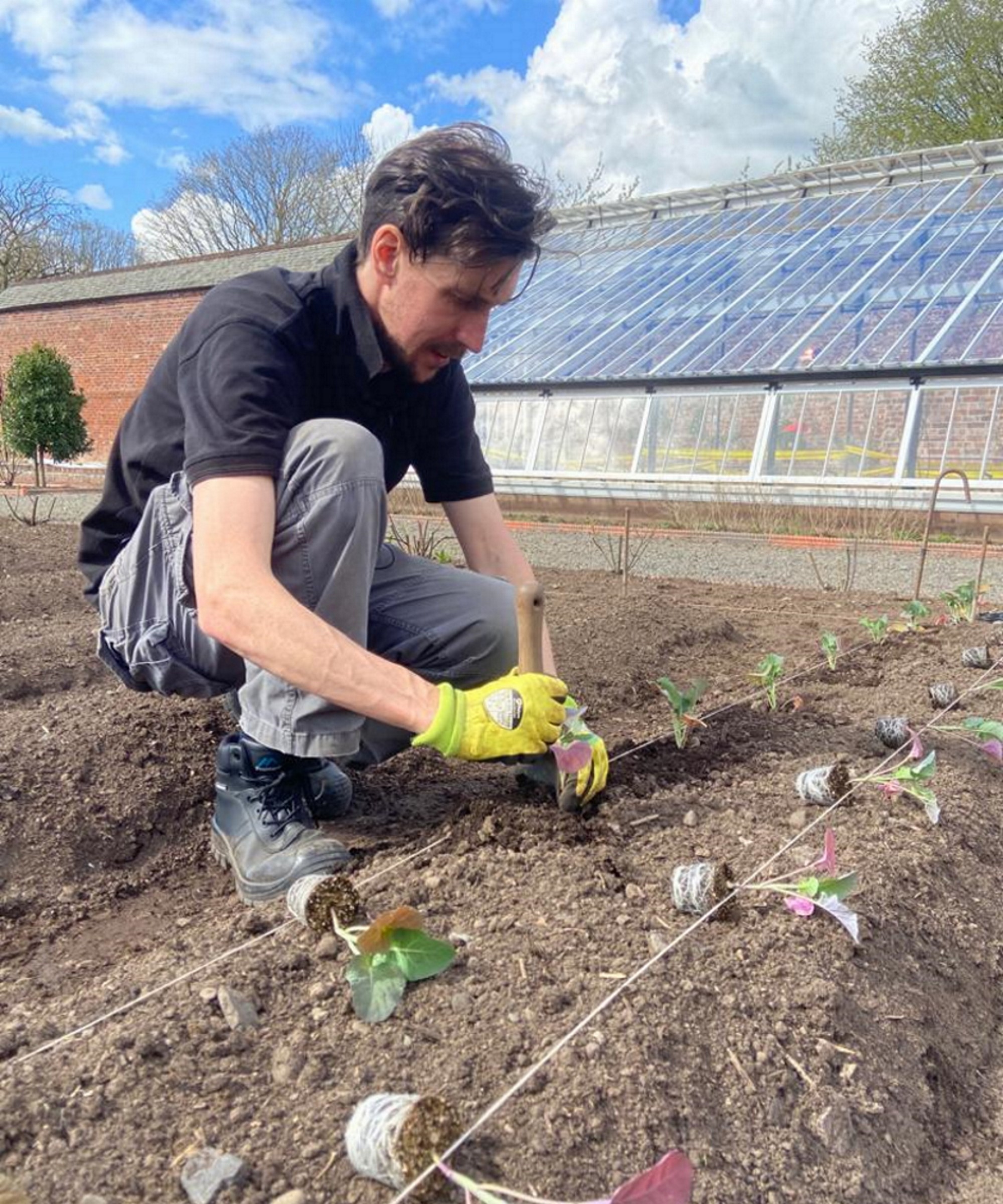
Drew has worked as a writer since 2008 and was also a professional gardener for many years. As a trained horticulturist, he worked in prestigious historic gardens, including Hanbury Hall and the world-famous Hidcote Manor Garden. He also spent time as a specialist kitchen gardener at Soho Farmhouse and Netherby Hall, where he grew vegetables, fruit, herbs, and cut flowers for restaurants. Drew has written for numerous print and online publications and is an allotment holder and garden blogger. He is shortlisted for the Digital Gardening Writer of the Year at the 2025 Garden Media Guild Awards.
